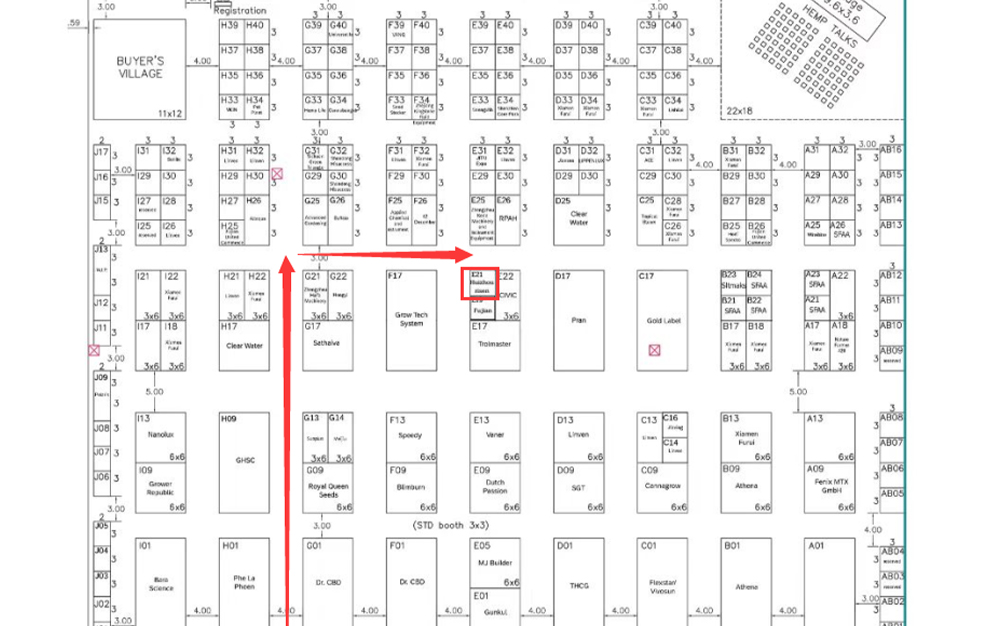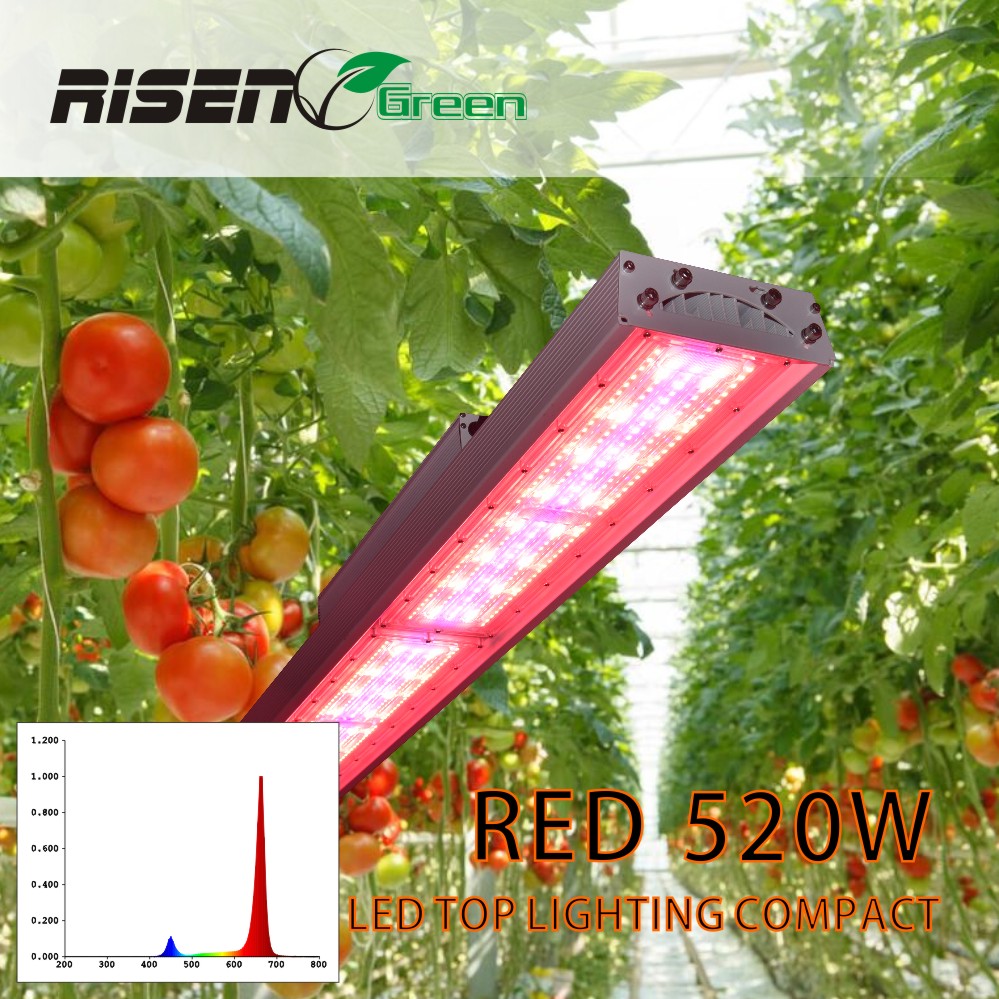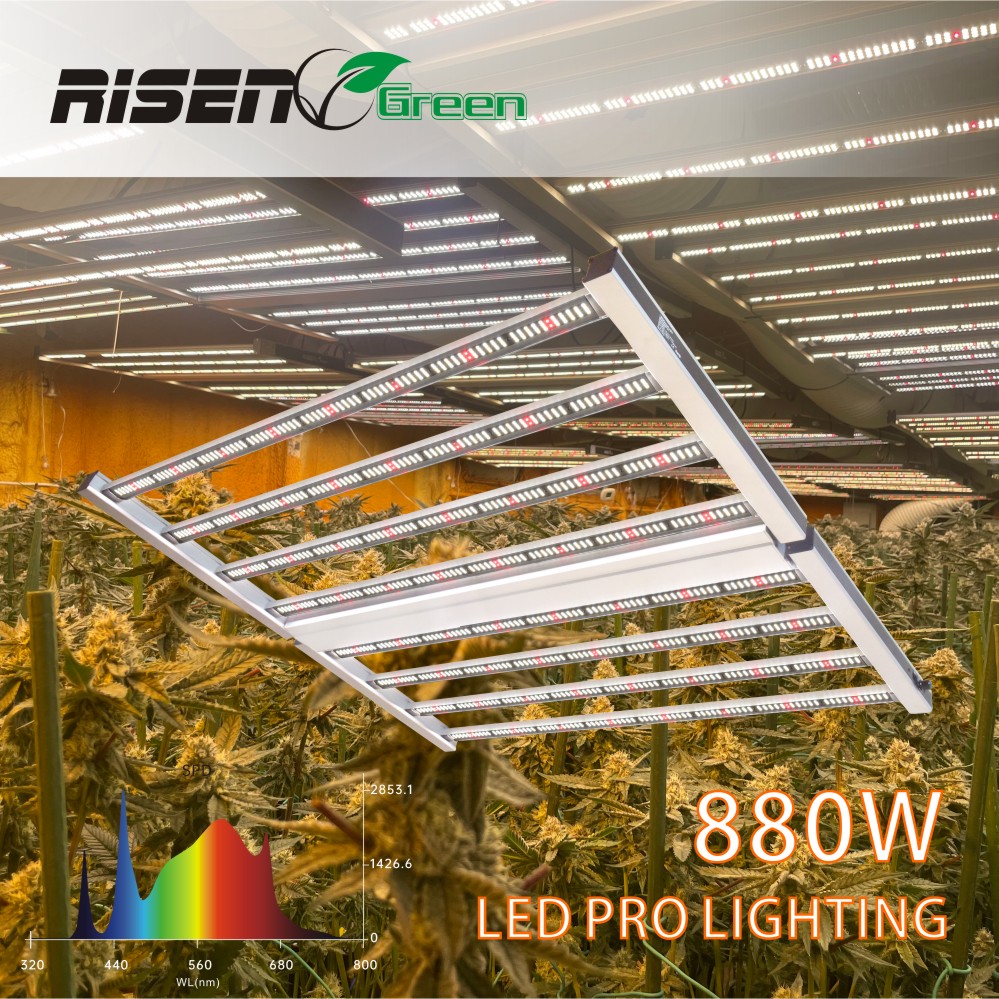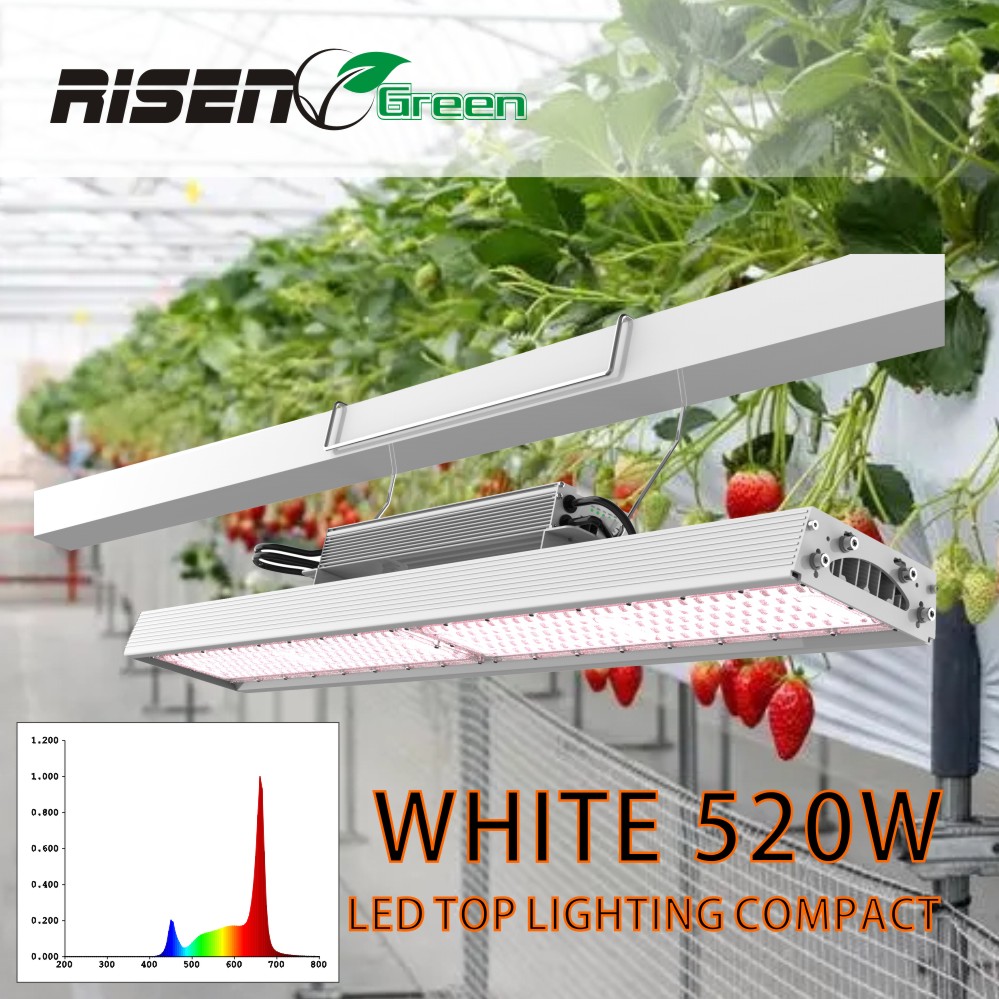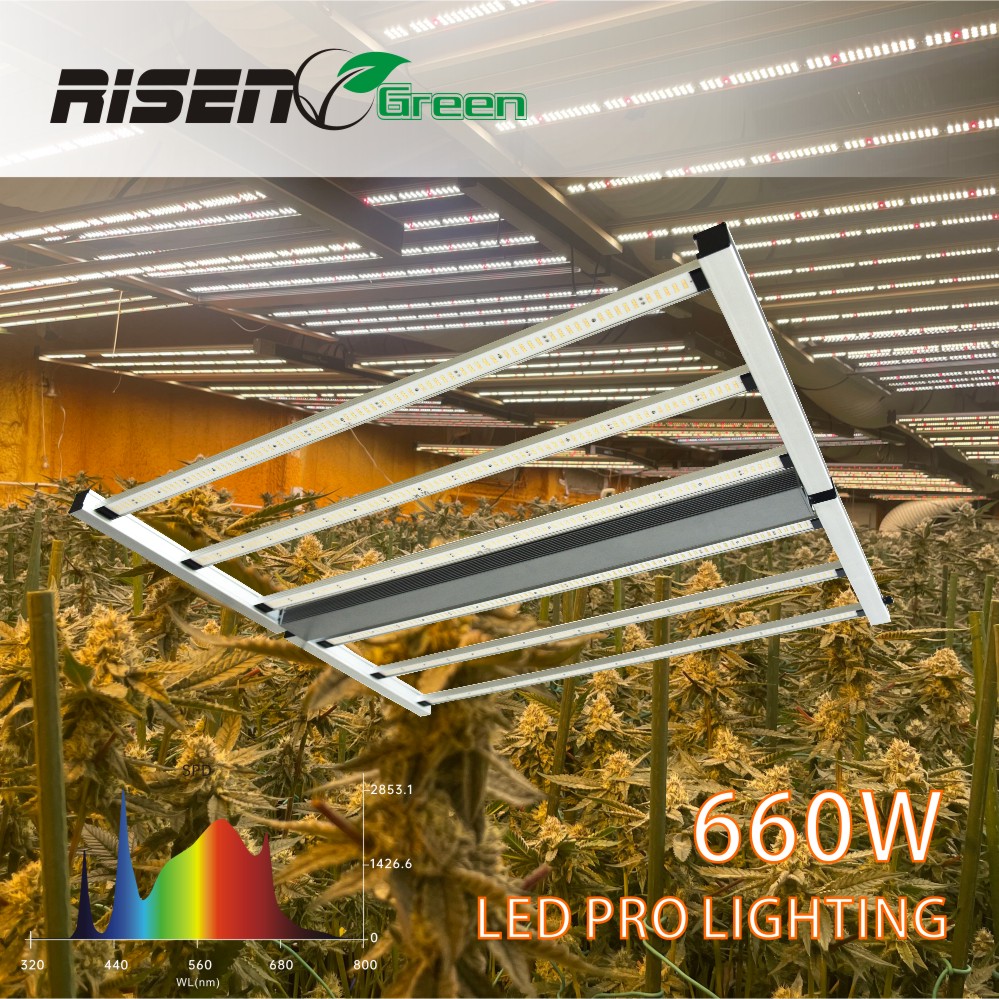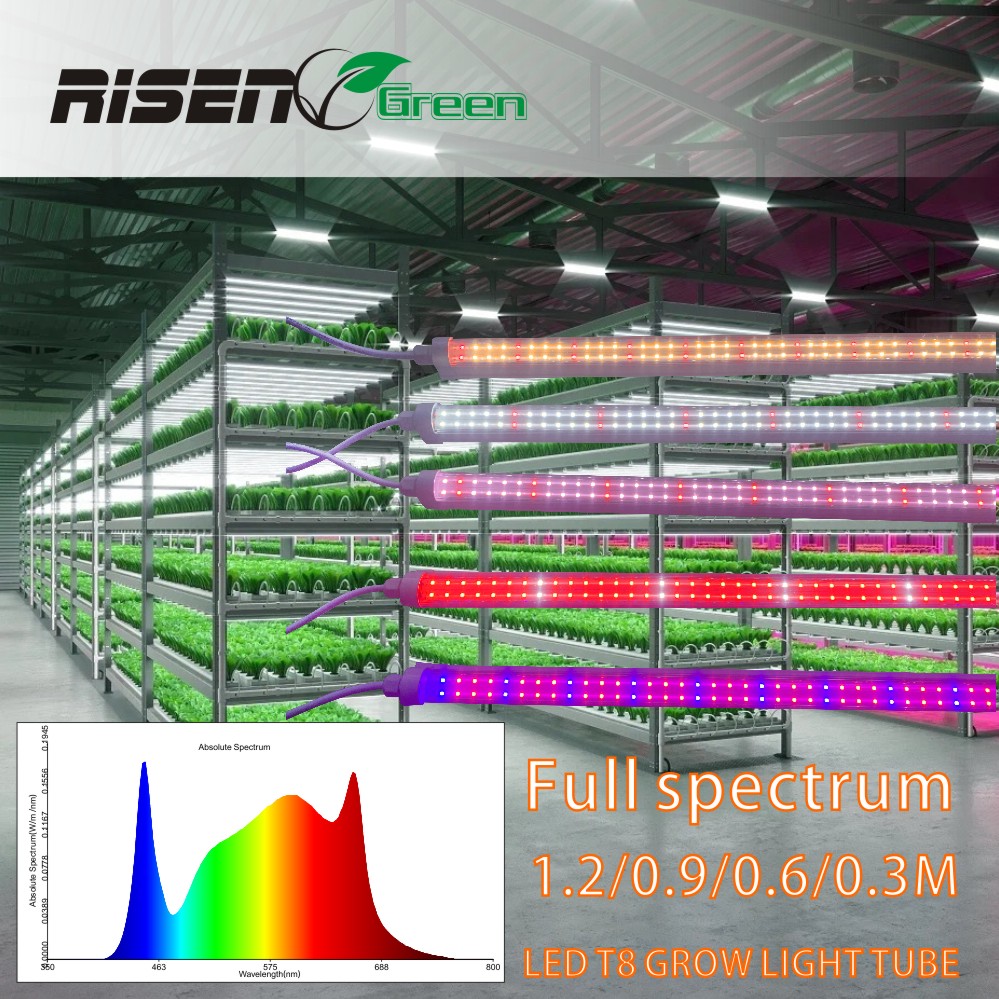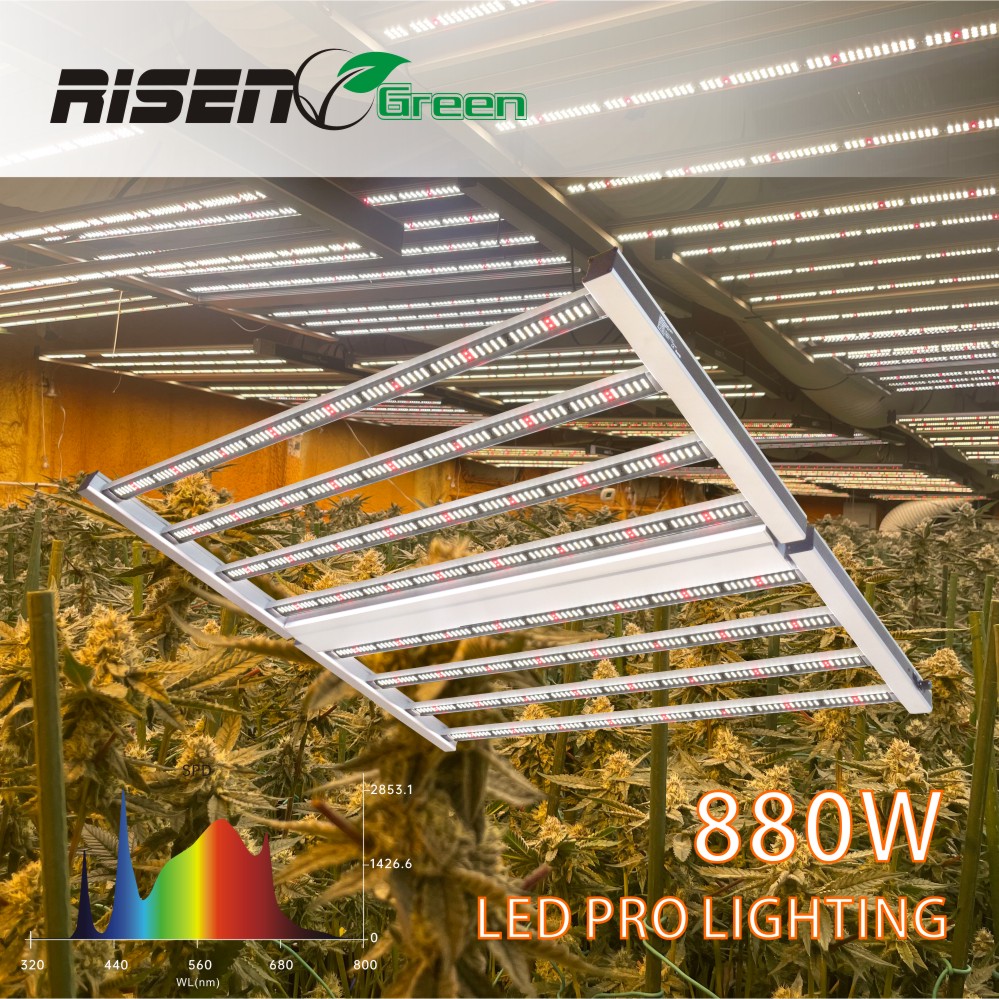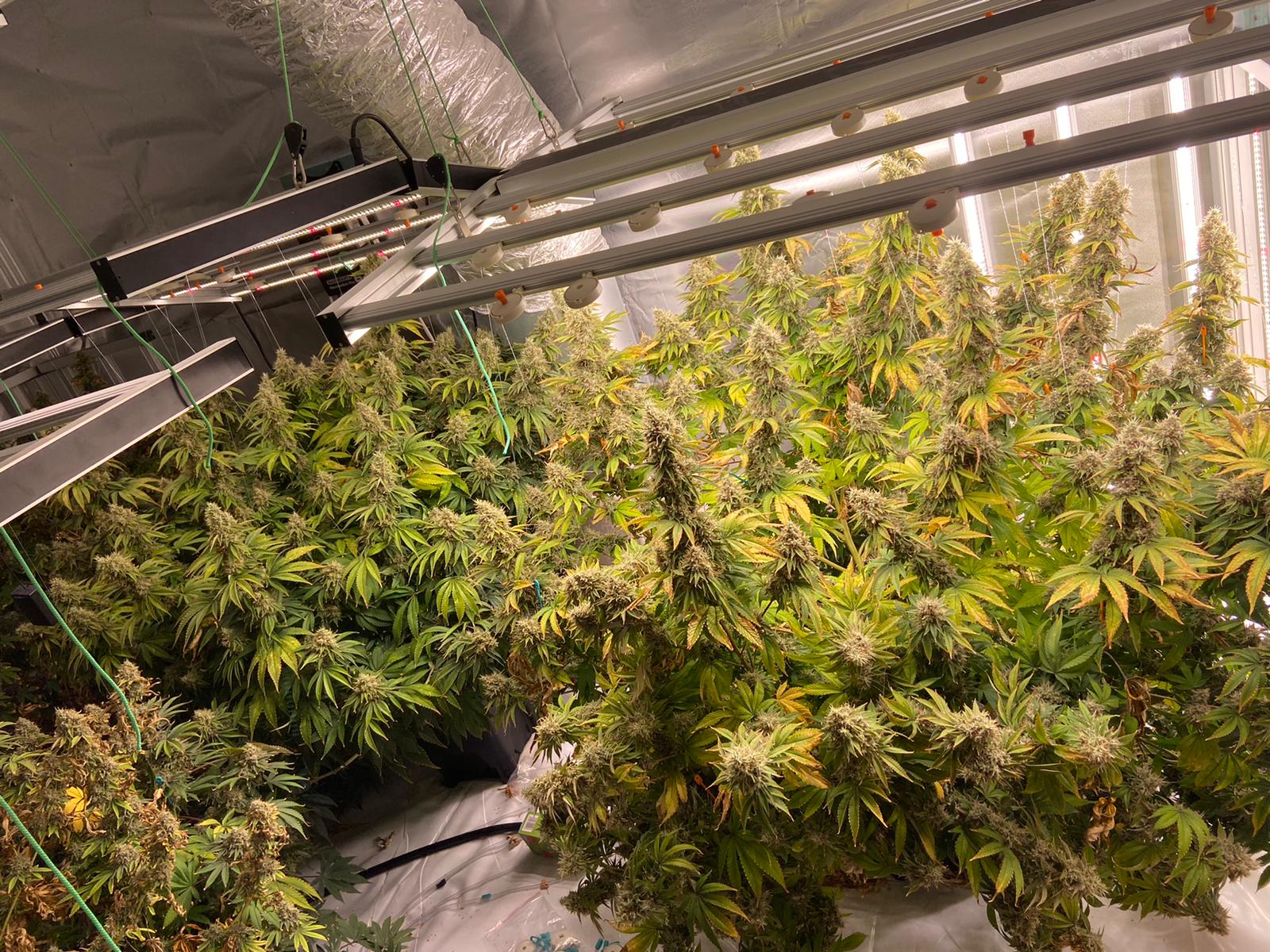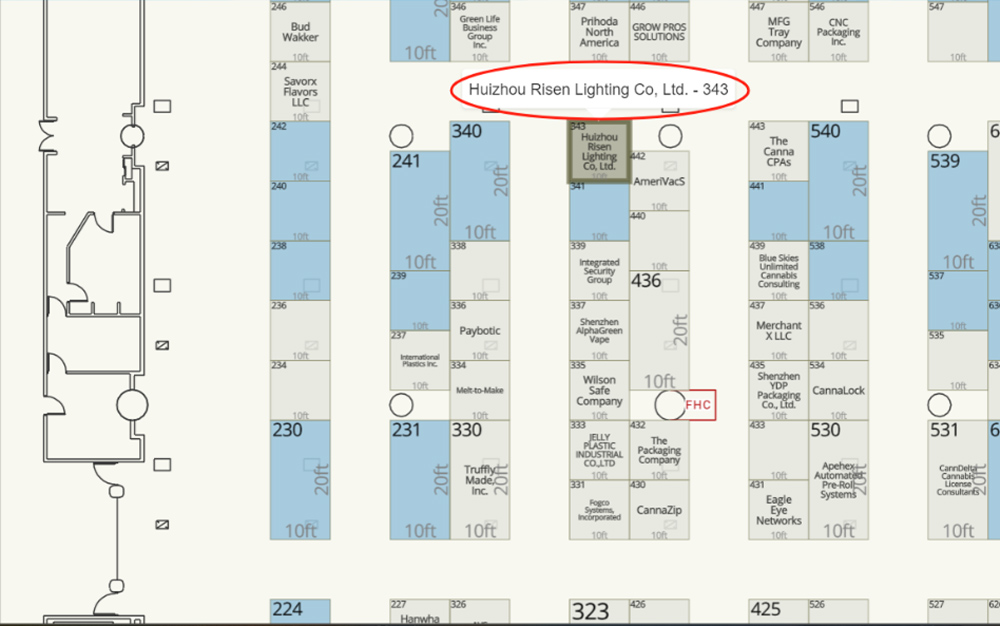Smart design #1: Aluminum body and passive cooling for better heat management
LED lighting generates much less heat than high pressure sodium (HPS) lighting, but it still generates heat. So the housing of your LED module needs to efficiently manage excess heat. Otherwise the light output of your LEDs will decrease dramatically. There are two choices to keep the LED module cool. Active cooling with water or a fan. Or passive cooling that uses the material of the housing to dissipate the heat from the LEDs. Signify opts for passive cooling because active cooling introduces extra parts to the product that can cause the LED system to fail. For instance, water cooling can leak and has to keep running to avoid algae formation even when lights are off, so it uses more energy.
That’s why we’ve used a cast aluminum body for our LED modules to create a heat sink. It has large cooling vents that promote air flow and make it easy to clean the module. Small vents can collect dust and moisture that lower the module’s cooling capacity and make it difficult to clean. Our large cooling vents let water easily run off during cleaning and reduce pool forming that can produce moisture in the product. The top of the module and all of the cooling vents are rounded to prevent moisture from standing.
The cast aluminum body has been milled to create a completely flat surface. The Metal Core Printed Circuit Board (MCPCB) is attached to that milled surface, but we still fill even the smallest spaces between the milled surface and the MCPCB to optimize the thermal resistance. In fact, the LED toplighting compact module has an IP66 ingress protection rating. This means it can withstand dust and water from coming in. The design of the toplighting compact thus ensures that the grow light delivers very high light output, consistently over time, while being easy to clean.

